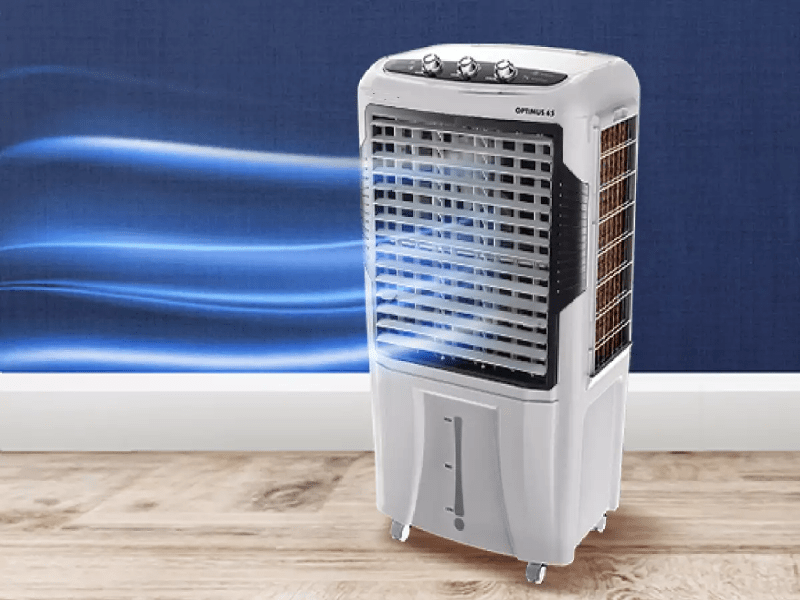An ice machine is a device used to make ice. It is most commonly used in businesses and households to keep food and beverages cold. Ice machines come in different sizes, shapes, and capacities. They can be either electrical or mechanical. Electrical ice machines use electricity to create and freeze the water, while mechanical ice machines use blades to chop the water into blocks which are then frozen. The main benefit of an ice machine over other methods of keeping food and beverages cold is that it produces very consistent results every time. This means that it can be relied upon to produce drinks and foods that are always at the desired temperature. Ice machines also tend to be more energy efficient than traditional methods of cooling, such as using fans or air conditioning.
Why does Your Ice Maker Need a Suburb?
Whether you live in a hot climate or not, you know that having an ice machine can really help when it comes to air conditioning. But what about the manufacturers of these machines? Why do they need to be located in suburbs? The answer has to do with the way that ice machines work. When you put ice in your machine, it melts and then turns into water. This water then goes into the compressor and is forced through the blades, creating cold air. When it comes to rural areas, the majority of people don’t have access to a lot of electrical outlets. So, in order for manufacturers to sell their ice machines, they need to be located in suburbs where there are a lot of people who can use them. Plus, suburbs tend to have more shopping centers and other places where people can buy things like an ice machine.
Types of Ice Cube Makers
There are many types of ice cube makers on the market, each with its own set of benefits and drawbacks. In this article, we will discuss the three most common types of ice cube makers and their respective advantages and disadvantages. The first type of ice cube maker is the manual ice cube maker. These machines require you to fill the machine with water, pop in the cubes, and wait for them to freeze. Manual ice cube makers are generally less expensive than automatic ice cube makers, but they have two major drawbacks: they can be difficult to use, and they may produce subpar-quality cubes. The second type of เครื่องทำน้ำแข็ง ice cube maker is the automatic ice cube maker. These machines work like a standard kitchen appliance; you fill them with water, press a button, and wait for the cubes to freeze. Automatic ice cube makers tend to be more expensive than manual ice cube makers, but they have two major advantages: they produce high-quality cubes consistently, and they’re easy to use. One downside to automatic ice cube makers is that they can be somewhat noisy; however, most models are relatively quiet.
The Science Behind Our Machines
Ice machines are the perfect way to keep your home cool in the summer. They provide a constant stream of cold air, which can make a big difference in how comfortable you feel. But what is really going on inside an ice machine? And how do they work? An ice machine is basically a container filled with freezing water. When you turn it on, it starts working quickly to drop the water temperature below 32 degrees F. This process creates thousands of tiny icicles called “flakes”. The air inside the machine is circulated constantly, and this helps to create an icy environment that helps to keep your items cold.


